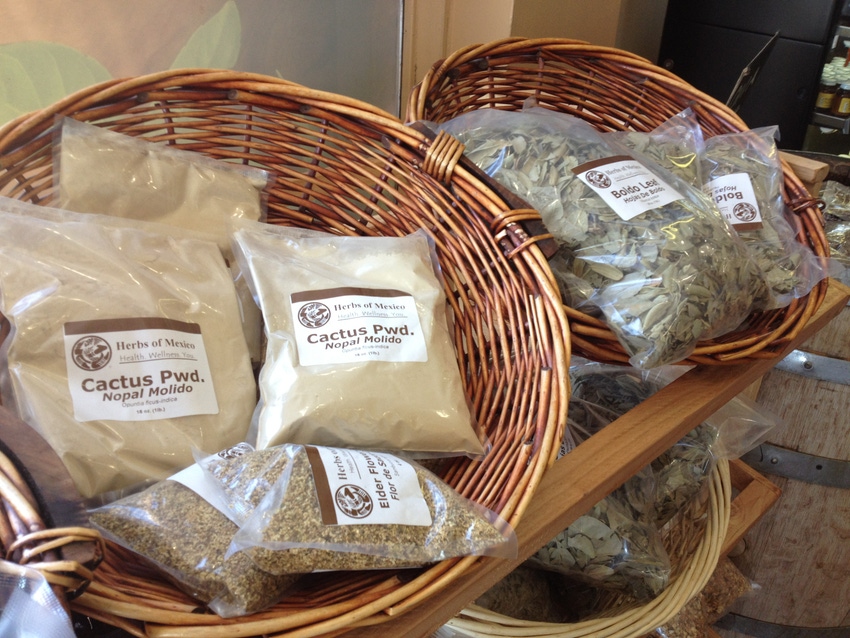Brands that incorporate real traceability procedures and use suppliers that manage strict supply chains will win—and keep—customers’ trust.

With adulteration plaguing the natural products industry and raising questions from consumers about the quality and effectiveness of botanical ingredients, transparency across the supply chain has never been more crucial. However, it is becoming evident that many suppliers, manufacturers and finished goods companies are misusing the word transparency to gain the trust of the consumers. They understand the importance of transparency but are falling short of disclosing the details of their processes and how they ensure a product is clean, traceable, sustainable and efficacious. Instead of building trust, this practice of semi-disclosure will inevitably bring negative consumer and media attention, not to mention regulatory and government involvement. It is critical for the industry to come together and set standards when it comes to supply chain transparency.
Traceability: The challenge for transparency
Despite the absence of an exact industry definition of transparency, it is directly associated with traceability. Today’s consumers base their purchases not only on a product's effectiveness and quality, but also on the company’s sustainability and transparency efforts. And, since 94 percent of consumers are likely to be loyal to a brand that offers complete transparency, and 39 percent of consumers are willing to switch to a brand that is more transparent, according to Label Insight, it is crucial that the industry implement traceability best practices for accountability in supply chain transparency.
Numbers don’t lie
According to data from Nielsen, 64 percent of U.S households buy sustainable products, which is up 4 percentage points from 2017. The study conducted by Label Insight reported 73 percent of Millennial responders were willing to pay more for a transparent product, and this number jumps up to 86 percent when it comes to Millennial moms.
With 98 percent of consumers believing ingredients are an important consideration in the products they purchase, according to Nielsen, sourcing ingredients is the key to a transparent and traceable brand. This requires a company to provide detailed traceability of each ingredient it sources.
All eyes on us
In addition to consumer expectations, brands and the industry face strict scrutiny from FDA, FDC, the National Advertising Division (NAD), attorneys general, shareholders and more. Brands disclosing all information and offering transparency will eventually foster long-term brand loyalty and help clean the industry and supply chain. However, this is much easier said than done.
Product and ingredient validation and traceability from farming to finished product can be a significant challenge, not to mention time-consuming and expensive. Therefore, manufacturers need to hold their suppliers accountable.
A trusted specialty ingredient supplier can help ease the process and concerns that many manufacturers may have. Any supplier that a brand works with should have full oversight of the supply chain, from farm to finished product. In addition, the ingredient supplier needs to be science- and innovation-driven, have a strong focus on quality, provide regulatory support, and focus on ingredients rooted in ancient wisdom. Some suppliers incorporate these traceability factors, setting the stage for the industry to follow suit.
Communicating transparency
There are now more than 170 million Americans taking dietary supplements, according to the Council for Responsible Nutrition (CRN) up 12 percent from 2008, and in 2017, Americans spent $43.2 billion on supplementation, according to the Nutrition Business Journal. If a company plans to unlock a part of the US$600 billion Millennials spend annually, according to Accenture, then transparency is key.
A brand needs to have a story, a mission (bigger than the brand itself) and clean label practices to thrive. Once this is established, brands need to market it and put it on the packaging, website and social media platforms–do not downplay this. Consumers are more likely to trust a brand if they can see who and where the product is coming from. To better understand all the components of a transparency brand, the Center for Food Integrity identified seven elements of clean label culture to help brands communicate transparency:
Motivation—act in a manner that is ethical and consistent with stakeholder interests.
Disclosure—share all information publicly, both positive and negative.
Stakeholder participation—engage those interested in the brand’s activities or impact.
Relevance—share information stakeholders deem relevant.
Clarity—share information that is easily understood and easily obtained. Seventy-four percent of consumers research online when the information on product packaging and labels is not enough to meet their dietary needs, according to the Center for Food Integrity.
Credibility—share positive and negative information that supports informed stakeholder decision-making and have a history of operating with integrity.
Accuracy—share information that is truthful, objective, reliable and complete.
These seven items will help build trust in brands across the supply chain and, in the end, gain consumer trust.
Start the transparency journey today
When looking for efficiencies in validating and auditing suppliers to ensure supply chain transparency, brands need to ask their ingredient suppliers the following questions:
Are the ingredients sourced responsibly?
Do they have personal relationships with all parties involved (farmers, distributors, etc.)?
Do they have published third-party clinical data on their ingredients?
Do they provide enough supply of the ingredients for therapeutic dosages according to the clinical studies?
Are the ingredients processed in a facility that is current on its certifications, according to its regions? If yes, how often is it validated?
When applicable, can DNA and genetic testing be provided?
If there are ecological challenges with specific ingredients, ask what the companies are doing differently.
Asking these types of questions will assist in vetting each supplier, ensuring they are backed by in-depth scientific analysis and are sustainable and transparent through every step of the process. In saying this, starting the transparency journey takes time and resources. A supplier that verifies both ends of the spectrum and helps with this journey from the source to finished product is an efficient way to adapt and keep up with the supply chain transparency demands.
Chase Shryoc is vice president of sales and business development at Gencor.
About the Author(s)
You May Also Like






.png?width=800&auto=webp&quality=80&disable=upscale)